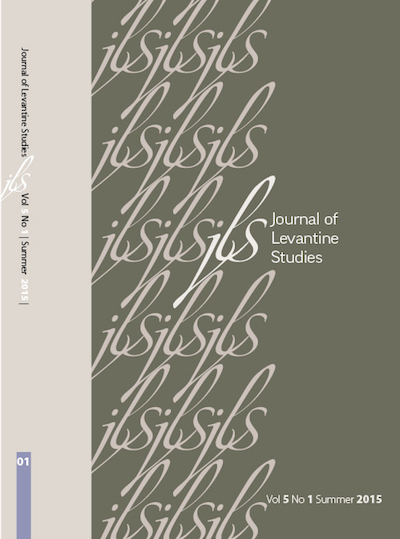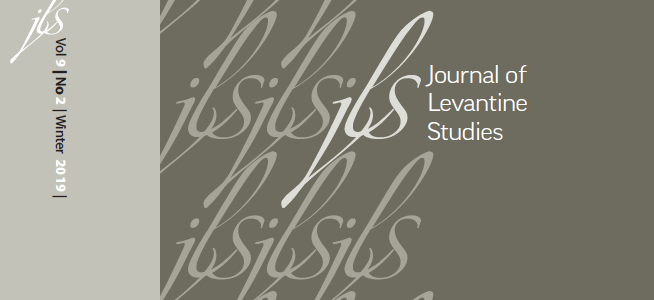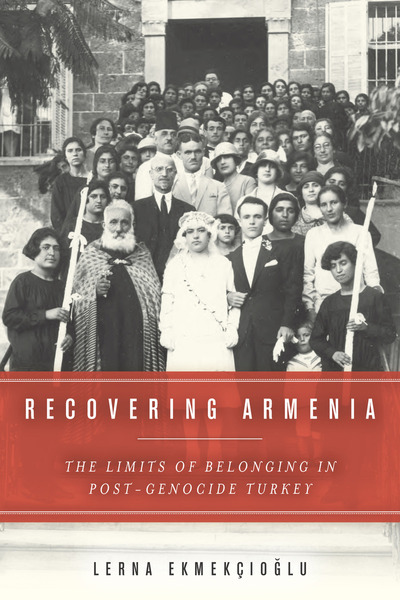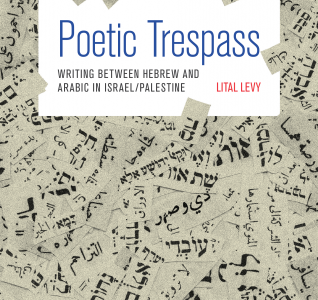-
 Read moreQuick view
Read moreQuick viewGendered Temporality and Space: Women in Translation from Arabic into Hebrew
Free!This article examines how women translators impacted the enterprise of translation from Arabic into Hebrew in the years 1876–2018. Their involvement is explored along three variables: genre, women’s literature, and Palestinian literature. The findings indicate a significant gender bias expressed by the low rates of women among authors and translators. At the same time, from 1978 onward we see a steady rise in the involvement of women in translation. Closer examination, however, reveals a more nuanced picture. Women’s impact on the enterprise of translation from Arabic into Hebrew does not end with the quantitative aspect; their power is rooted in the attempt to question the hegemonic values of the translation enterprise by questioning the male/gender and Zionist/national exclusivity of that enterprise.
The rise in the presence of women in the field of translation introduces three new trends. First, the preference of women translators for translating long works expresses an effort by women translators to position themselves in a central place in the translation enterprise. Second, the preference of women translators for translating works by Arab women is a conscious choice to raise women’s voices, which are repressed in both cultures. Third, the women translators, along with the Arab translators, contributed both to the placement of the repressed Palestinian narrative at the center of the translation field and to that narrative’s inclusion in the agenda of the translation enterprise.
Read moreQuick view -
 Read moreQuick view
Read moreQuick viewIn This Ghetto for Which We Have Gathered
Free!Al-Lydd, in the ruins of a Mandate-era structure whose glory days have passed, now called “the Club,” the launch of Elias Khoury’s novel My Name is Adam: Children of the Ghetto, translated into Hebrew by Yehouda Shenhav-Shahrabani. Ustadh Ali, sitting in the audience, feels the earth cracking on the brink of the abyss along which he walks.
Read moreQuick view -
Read moreQuick view
Individuals in Mobilized Hebrew Society: The Meanings of Setting Limits in the Diaries of the Teacher Z. (1938-1940)
Free!Mobilized society exists when a common goal is shared by masses who contribute with genuine involvement to its achievement. A mobilized Hebrew society existed in Eretz Yisrael before 1948. Many individuals had difficulty conforming to the “emotional regime” imposed by the mobilized society, which tolerated the existence of individual sentiments but not an individual’s particular desires, unless they were in line with its common ethos. The result was reflected in efforts to delineate borders between the emotional regime of the mobilized society and the individuals’ emotional refuges. The craving to preserve the emotional refuge as a complement rather than an alternative to the emotional regime was reflected by moments of personal crisis followed by deep sentiments of guilt. The article illustrates the reflections of such attitudes through the diaries of the teacher Z. during an eighteen-month period (July 1938–January 1940). Z. was a teacher of mathematics in Haifa’s Reali high school. The diaries, which are part of a private collection, are a clear reflection of Z.’s efforts to become a member of an emotional community while creating a separate, individual emotional refuge.
Read moreQuick view -
Subscribe NowQuick view
Institution: Print (Only) Subscription
$140.00 for 1 yearSubscribe NowQuick view -
Read moreQuick view
Islamic Law as Indigenous Law: The Shari‘a Courts in Israel from a Postcolonial Perspective
Free!The article argues that to better understand the shari‘a court system in Israel, these courts should be examined from a postcolonial perspective. The resemblance between Islamic law, as applied in Israeli shari‘a courts, and “customary” laws, which were applied by “indigenous” courts in diverse colonial settings, is discussed, and the similarities and differences are highlighted. Specifically, the article illustrates that the shari‘a courts in Israel—like other “indigenous” courts working in colonial settings—constitute, at one and the same time, sites of co-optation and of resistance. On the one hand, the shari‘a courts are state courts—governed and controlled by state institutions—and as such they are used by state authorities for the purpose of controlling and subjugating the Muslim minority in Israel; on the other hand, these courts also constitute a sociolegal space where Israeli Muslims may forge their identity and may negotiate their position toward the state. In other words, they constitute an arena of autonomous agency. This argument, which draws on the postcolonial literature, is illustrated in the article with empirical examples from the shari‘a courts in Beersheba and Jerusalem.
Read moreQuick view -
Read moreQuick view
JLS 9.2
Free!Read moreQuick view -
Read moreQuick view
Journal of Levantine Studies, Volume 5, No. 1: Summer 2015
Free!Read moreQuick view -
Add to cartQuick view
Julia Phillips Cohen Becoming Ottomans: Sephardi Jews and Imperial Citizenship in the Modern Era Oxford: Oxford University Press, 2014. 219 pp.
Julia Phillips Cohen Becoming Ottomans: Sephardi Jews and Imperial Citizenship in the Modern Era Oxford: Oxford University Press, 2014. 219 pp.
$5.00Free!Add to cartQuick view -
Subscribe NowQuick view
Large Institution: Online Subscription
$320.00 for 1 yearSubscribe NowQuick view -
Subscribe NowQuick view
Large Institution: Print+Online Subscription
$380.00 for 1 yearSubscribe NowQuick view -
Add to cartQuick view
Lerna Ekmekçioğlu, Recovering Armenia: The Limits of Belonging in Post-Genocide Turkey. Palo Alto, CA: Stanford University Press, 2016. 240 pp.
Free!Lerna Ekmekçioğlu, Recovering Armenia: The Limits of Belonging in Post-Genocide Turkey. Palo Alto, CA: Stanford University Press, 2016. 240 pp.
Add to cartQuick view -
Read moreQuick view
Lital Levy. Poetic Trespass: Writing between Hebrew and Arabic in Israel/Palestine Princeton, NJ: Princeton University Press, 2014. 360 pp.
Free!Read moreQuick view
- Home
- About JLS
- Issues
- Vol. 9 No. 1 | Summer 2019
- Vol 8 No 2 Winter 2018
- Vol. 8, No. 1: Summer 2018
- Vol. 7, No. 2: Winter 2017
- Vol. 7, 1: Summer 2017
- Vol. 6, Summer/Winter 2016
- Vol. 5, No. 2 Winter 2015
- Vol. 5, No. 1 Summer 2015
- Vol. 4, No. 2 Winter 2014
- Vol. 4, No. 1 Summer 2014
- Vol. 3, No. 2 Winter 2013
- Vol. 3, No. 1 Summer 2013
- Vol. 2, No. 2 Winter 2012
- Vol. 2, No. 1 Summer 2012
- Vol. 1, No. 2 Winter 2011
- Vol. 1, No. 1 Summer 2011
- Blog
- dock-uments
- Subscribe
- Submit
- Contact










